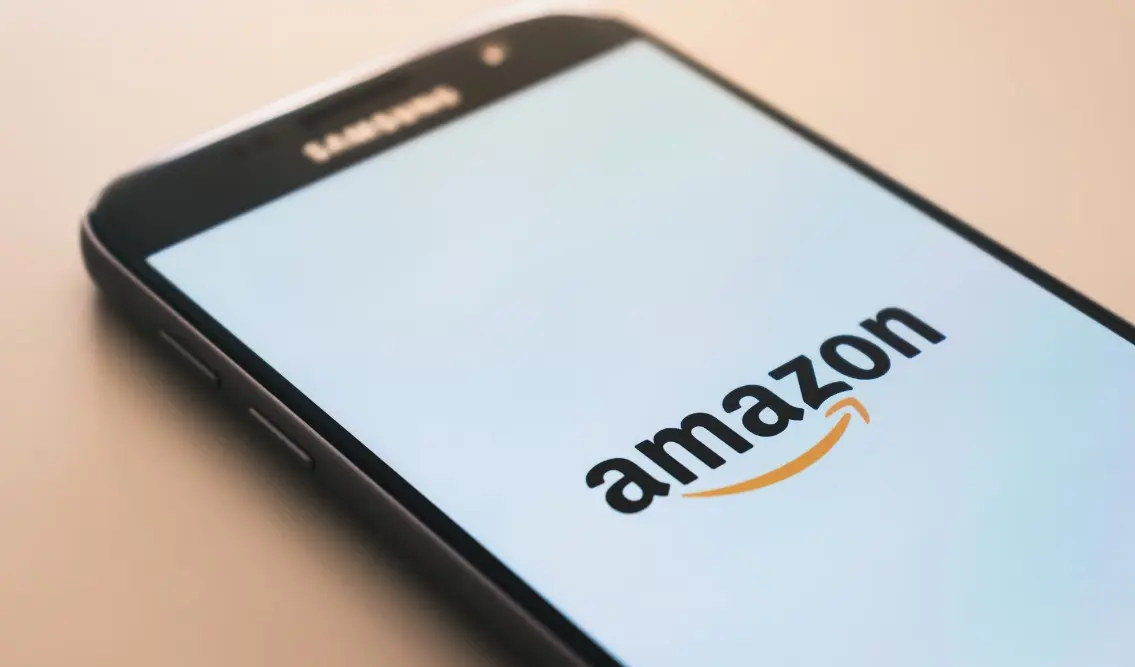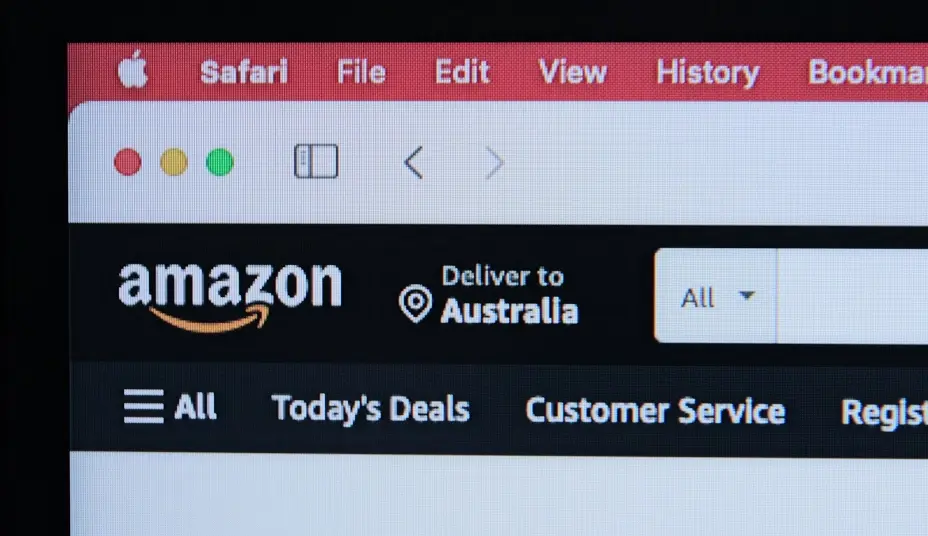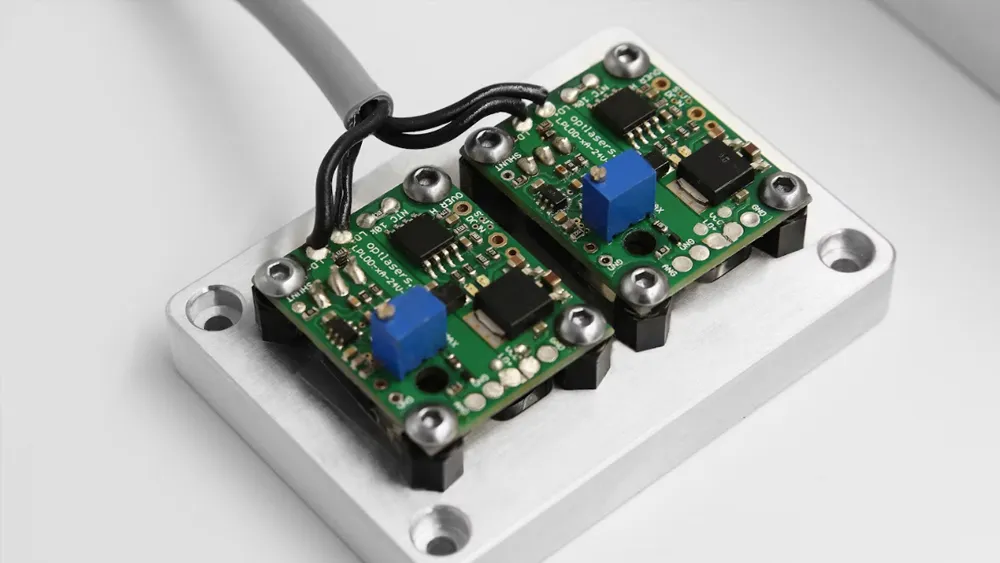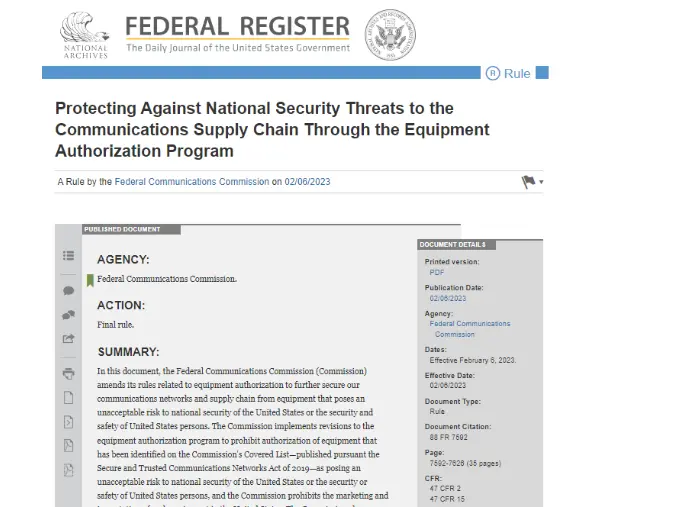
What are the requirements for EU REACH registration?
In industries such as cross-border e-commerce, foreign trade exports, and manufacturing, entering the EU market often involves dealing with reach certification.
So, what exactly is REACH certification? Why is it so important? How can you apply for it? Let’s go through it clearly.

Introduction to REACH Certification
REACH stands for Registration, Evaluation, Authorisation and Restriction of Chemicals.
It is an EU chemical regULation that officially came into force on June 1, 2007.
It applies to all chemicals and articles manufactuRED or imported into the EU market.
Products that fall under REACH:
- Chemical raw materials
- Cosmetics
- Textiles and apparel
- Electronics and electrical products
- Toys
- Furniture
In short, if your product contains chemical components or involves chemical substances, it may need to comply with REACH requirements.
Does REACH Have a Logo?
reach compliance is based on the EU Regulation (EC No. 1907/2006). Unlike CE or FCC, there is no official REACH certification logo.
- REACH is a regulation, not a mark certification.
- The European Chemicals Agency (ECHA) is the governing body, but it has never issued a REACH logo.
- Companies usually provide reach test reports or a Declaration of Conformity (DoC), instead of labeling products.
If you see a so-called “REACH logo” online, it is usually a design created by a testing agency for marketing purposes and has no legal effect.
Core Content of REACH
The reach regulation has four main elements:
1. Registration: Companies must submit data on chemical substances to ECHA.
2. Evaluation: The EU conducts technical evaluation of the submitted materials.
3. Authorisation: Certain substances of very high concern (SVHC) require authorization before use.
4. Restriction: Specific chemicals are restricted in certain products or applications.
Which Products Require reach testing?
Products that commonly involve REACH testing include:
- Electronics: wires, connectors, plastic parts
- Textiles and clothing: dyes, auxiliaries
- Bags and shoes: PU, PVC materials
- Toys: coatings, filling materials
- Lighting and hardware: paints, plating layers
Note: The list of substances of very high concern (SVHC) is updated every six months and already contains over 240 items.
REACH Testing Process
1. Identify test requirements based on product material, structure, and usage.
2. Submit product samples to an accredited third-party laboratory.
3. Laboratory testing to check for restricted substances or SVHC.
4. Receive a test report or Declaration of Conformity if compliant.
5. Provide reports to customers, platforms, or EU authorities if required.
Difference Between REACH and RoHS
Many people confuse REACH with RoHS, but they are different:
- REACH covers all chemicals, while RoHS only targets hazardous substances in electronics.
- REACH focuses on SVHC and restricted substances, while RoHS limits ten harmful substances such as lead and mercury.
- REACH applies broadly across all industries, while RoHS applies mainly to electronics.
In short:
RoHS is the environmental threshold for the electronics industry.
REACH is the high environmental standard across all industries.
How Should Sellers Handle REACH?
For cross-border e-commerce sellers:
- Confirm whether product materials and raw ingredients meet REACH requirements.
- Sign REACH compliance declarations with suppliers.
- Choose reliable third-party labs for testing and reports.
- Be prepared to provide reports to platforms like Amazon, eBay, and AliExpress.
Email:hello@jjrlab.com
Write your message here and send it to us
 What are ASTM F963 and CPSIA?
What are ASTM F963 and CPSIA?
 Comparison of ASTM F963 and EN 71
Comparison of ASTM F963 and EN 71
 How to get CSA C22.2 NO.256:14 Test Report?
How to get CSA C22.2 NO.256:14 Test Report?
 How much is the ISTA Amazon Packaging & Shippi
How much is the ISTA Amazon Packaging & Shippi
 Amazon Product Laboratory Testing Requirements
Amazon Product Laboratory Testing Requirements
 How to Get EPA Certificatio
How to Get EPA Certificatio
 What is EPA Certification in the United States?
What is EPA Certification in the United States?
 What is an FCC Registered Agent?
What is an FCC Registered Agent?
Leave us a message
24-hour online customer service at any time to respond, so that you worry!




